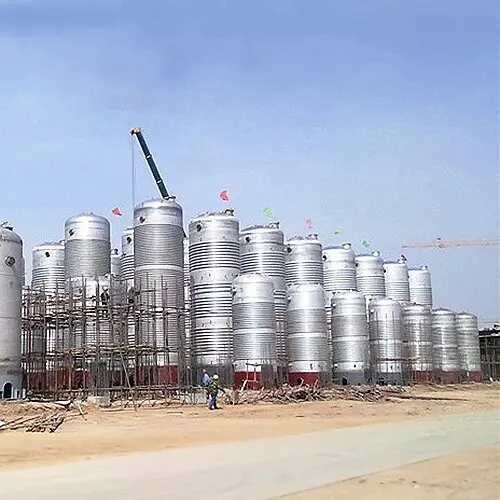Selection of Pressure Vessel Welding Materials for Varied Conditions (Part One)

Pressure vessels play a crucial role in diverse applications, necessitating intricate manufacturing processes. Ensuring the quality of pressure vessels requires a meticulous focus on various aspects, with welding standing out as a key process susceptible to safety hazards.
1. Importance of Welding in Pressure Vessel Manufacturing
Welding holds a pivotal role in the fabrication of pressure vessels, but it comes with inherent safety challenges. Strategic measures are essential during the operation to select appropriate welding materials, maintain process accuracy, promptly address issues, and continually optimize welding techniques. These steps collectively ensure the safe and stable operation of pressure vessels, contributing to an overall improvement in quality.
2. Evolution of Welding Techniques with Changing Requirements
As manufacturing techniques advance and societal and economic conditions shift, pressure vessels undergo significant changes in size and specific manufacturing requirements. In response, welding techniques must adapt and improve to meet these evolving needs. This involves not only strengthening control over the welding process but also making rational choices regarding welding materials to prevent security incidents.
3. Factors Affecting Welding Processes in Pressure Vessels
Numerous factors impact the welding process of pressure vessels. High-strength and low-alloy steel materials, for instance, may experience hardening effects after welding, leading to potential cracks and security risks. The position of the welded joint, influenced by high temperatures, can introduce elements that contribute to cracking. Moreover, the high heat in welding lines may result in large crystal grains, affecting plasticity and potentially reducing the pressure vessel's service life.
4. Challenges in Traditional Welding Techniques
Given the bulkiness of pressure vessels and the difficulty in inspecting weld seams and microstructures, traditional welding techniques face limitations in meeting current production requirements. To address these challenges, future welding techniques need to incorporate new approaches, focusing on accuracy, simplification, intelligentization, and axiomatization.
5. Selecting Welding Materials for Pressure Vessels
The choice of welding materials is critical and should align with specific product performance requirements. Design documents offer crucial data, guiding the detailed understanding of product requirements for informed material selection. Compliance with implementation standards, consideration of key indexes such as high and low-temperature performance, mechanical properties, chemical composition, and the calculation of the carbon equivalent are essential steps in making data-driven decisions during welding material selection.

